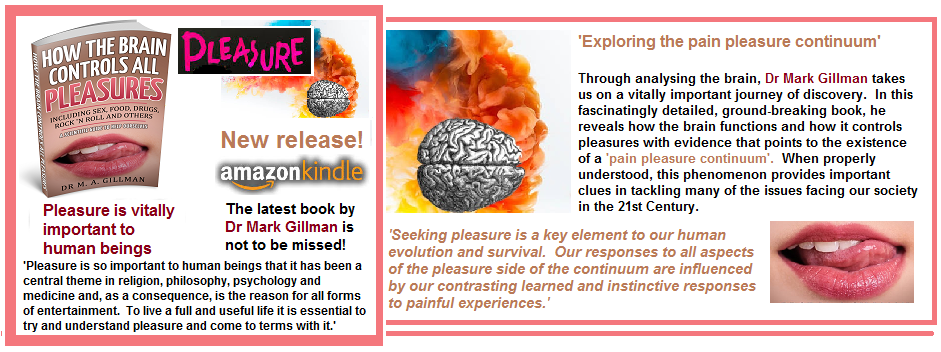Conclusion
Although nitrous oxide has been employed in medicine for over 150 years, it has been largely confined to achieving anaesthesia. At analgesic concentrations, its applications in medicine have been limited almost entirely to obstetrics and dentistry. SABRI scientists have provided much evidence that PAN is an exceptional tool, both experimentally and diagnostically, for safely and effectively investigating the endorphin system in humans. It is also beneficial in the therapy of addiction and depression and further investigations may reveal additional medical applications. It has already provided a better understanding of the endorphin system, whose function appears to underlie many pain, pleasure drive (e.g. hunger, thirst) and mood states. It has helped to write another chapter in the story of neurotransmission and, in so doing, has demonstrated a new biological principle. Because it can be used directly in humans, PAN provides a unique tool, allowing scientists to bridge the gap between clinical and basic medical science.
It would seem that the study of nitrous oxide has taught man a considerable amount already but as regards PAN, we may only be at the beginning.
As Sir Humphry Davy wrote in his classic book on the subject of nitrous oxide, in which, interestingly he largly concentrated on PAN “Pneumatic chemistry in its application to medicine is an art in its infancy…..To be rendered strong and mature, she must be nourished by facts…..cautiously directed by rational scepticism.”
Click here to get your copy of the latest book by Dr Mark Gillman!
https://www.amazon.com/dp/B07B21J7JW

